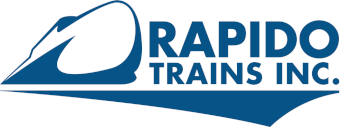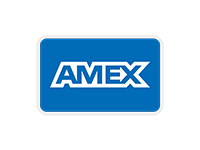F40PHM Masterclass


An F40PHM-3 leads an afternoon commuter train southbound from Union Station, with Chicago’s imposing skyline in the background. Jeff Lassahn photo.
Facing a motive power crunch in the late 1980’s, the newly-established Metra sought to supplement their existing fleet of F40PH-2’s. To alleviate this problem, Metra ordered 30 Electro-Motive Division F40PHM-2 locomotives, delivered in 1992. These locomotives became the backbone of Metra commuter operations, and synonymous with Chicago commuter transportation into the 21st century.


The only scenes that are more Chicago than this can be found in Ferris Bueller’s Day Off. Jeff Lassahn photo.
Nicknamed “Winnebagos” for their resemblance to the popular motor home, these distinctive locos are known for their slanted windshields, sloping directly back from the front of the nose. This design was born out of new crash standards to improve safety for engineers. These locomotives were the final iteration of the F40PH to be produced by EMD, and they were among the last locomotives to be manufactured at EMD’s La Grange, Illinois plant. F40PHM’s can be found on Metra’s BNSF, Rock Island, and SouthWest Service lines.
In 2017, Metra received the first of its repainted and renovated F40PHM-2s (now called F40PHM-3s) from Progress Rail’s plant in Patterson, Ga. The new paint scheme gives these 30-year-old locomotives a fresh, modern look. The original Metra paint scheme included downward-facing red-and-white stripes on the nose, with a blue border. The sides kept it simple, with blue sides, a thin white stripe above the underbody, and a distinctive orange roof. The Metra logo took centre stage, and the American flag could be found in front of the road number, above the front axle.


Both generations of the F40PHM roll past the Amtrak Coach Yard south of Union Station. Jeff Lassahn photo.
In the new paint scheme, the red-and-white striping goes right to the edge of the nose, while an orange stripe wraps around the entire locomotive, dipping below the headlight near the top of the nose. The area around the cab windshields is now black. The orange stripe draws our eyes along the body to where it becomes wider and curves up towards the roof. The stripe draws a sharp separation between the black paint above it, in line with the cab windows, and the blue-grey gradient below it. The roof is a solid grey. The Metra logo now takes its commanding place above the battery box and the front axle of the back truck. The Stars and Stripes can be found below the road number at the back end of the side.


Shades of Suburbanaire as the iconic CB&Q heritage locomotive 211 makes its way towards Aurora, Illinois on the BNSF line. Equally-iconic Gallery Cars are in tow. I want to move to Chicago. Jeff Lassahn photo.
Locomotive 211 got a very special paint scheme during the renovation: a heritage design in the spirit of Chicago, Burlington & Quincy’s E-series passenger engines. CB&Q was the first railway to use the iconic Gallery Cars in its Chicago services, and their sleek E-series locomotives pulling air-conditioned, stainless-steel double-decker passenger cars started the modern era of commuter transportation.
Metra used EMD’s painting guides for the CB&Q E9 to form the design for 211. The light-grey full-body paint is used to mimic the stainless-steel finish of the E-series locomotives. The striking cherry-red of the striping and Metra logo transport the viewer back to the glory days of CB&Q Suburbanaire service. The heritage F40PHM-3 can be found in regular service on Metra’s BNSF line.
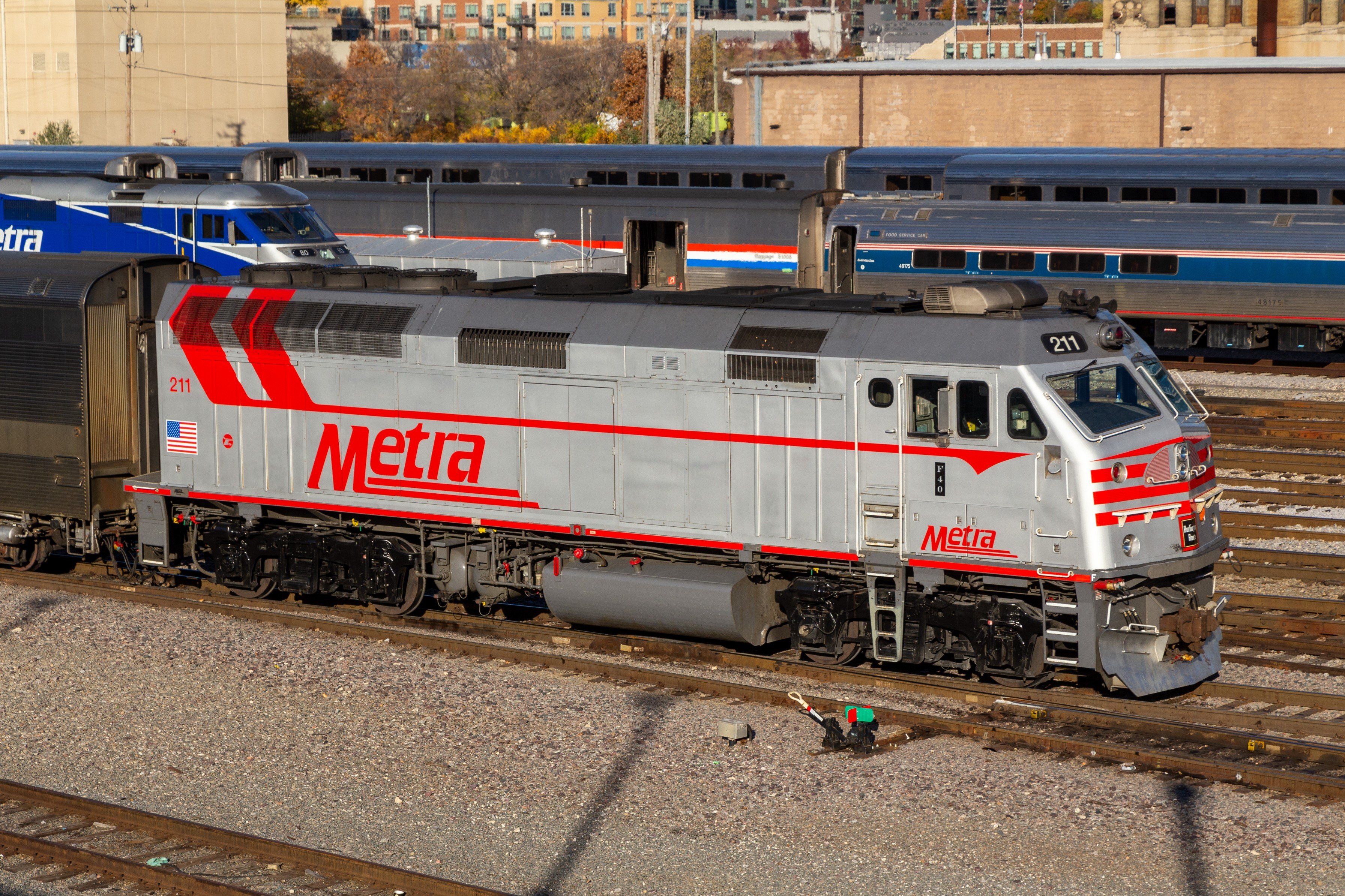

Side view of the CB&Q-inspired heritage scheme of the F40PHM-3 locomotive 211.
Aside from paint scheme differences, the 2017 refurbishment program brought many changes to the body of the F40PHM-3, which are reflected in Rapido’s models.
The front pilot was completely remodelled. On the original pilot, the coupler opener slanted down towards the coupler on both sides. With the added snowplough on the rebuilt pilot, the coupler opener has been moved above the coupler, and is completely horizontal.


Front view of a renovated F40PHM-3, demonstrating the snowplough pilot and the different position of the coupler opener.
The triangular window on the side of the cab is also smaller on the rebuild. The door window is now circular in shape, as opposed to the original door window which was rectangular. The original locomotives had two beacons on top, one of which was usually flashing. The beacons were removed and replaced with one warning light on the left side of the roof of the cab. This warning light is rarely used.
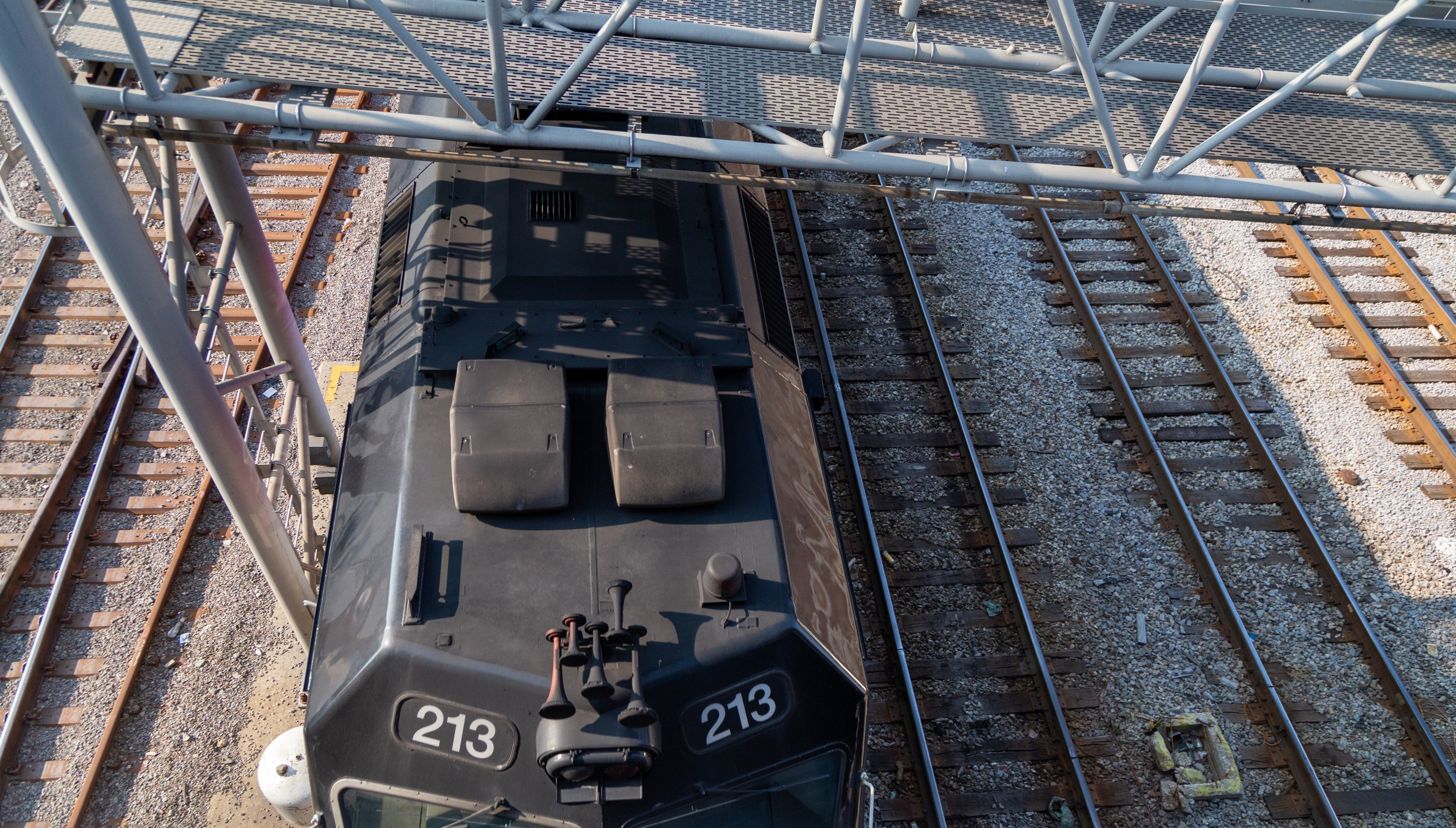

Top view of the renovated F40PHM-3, showing the two black AC units and the warning light on the left side of the cab roof.
Additionally, the renovated F40PHM-3’s include two black air conditioning units on the roof behind the horn and warning light. Original F40PHM-2’s started receiving light grey air conditioning units in the mid-1990’s.
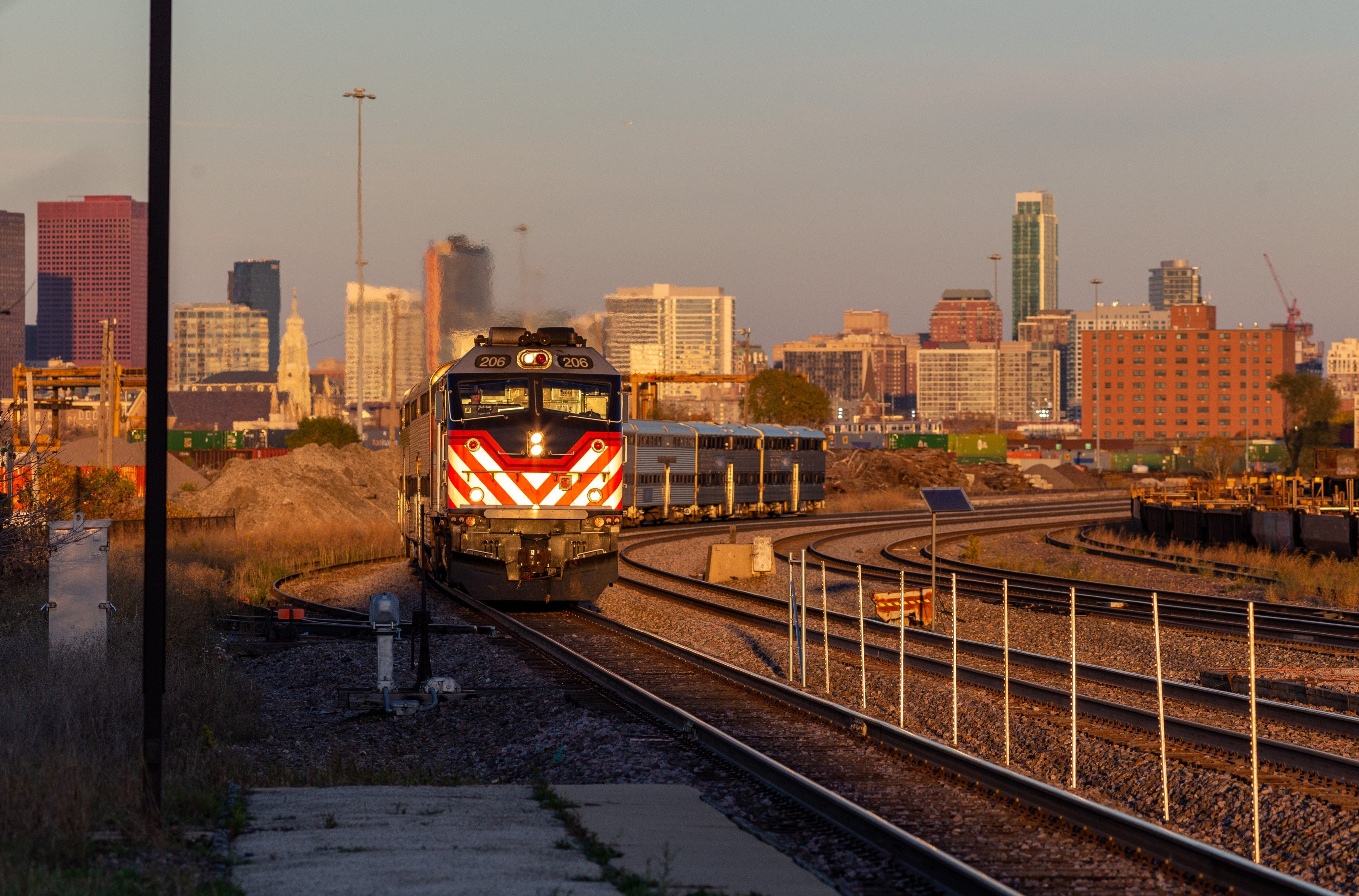

An F40PHM-3 leads an afternoon train out of Chicago. Jeff Lassahn photo.
Here is a roster table of Metra’s F40PHM’s.
| Road number | Notes |
| 185 | Named Village of Roselle |
| 186 | Named Village of Streamwood |
| 187 | Named City of Wood Dale |
| 188 | Named Village of Round Lake |
| 189 | Named Village of Villa Park |
| 190 | |
| 191 | |
| 192 | |
| 193 | |
| 194 | |
| 195 | |
| 196 | |
| 197 | |
| 198 | |
| 199 | |
| 200 | Named Norman W. Muelner |
| 201 | Named Village of Orland Hills |
| 202 |
Named Village of Vernon Hills Repainted in CB&Q heritage scheme |
| 203 | Named Village of Buffalo Grove |
| 204 | Named Village of Franklin Park |
| 205 |
Named State of Illinois Original in Operation Lifesaver scheme |
| 206 | |
| 207 | |
| 208 | |
| 209 | |
| 210 | |
| 211 | |
| 212 | |
| 213 | |
| 214 |
